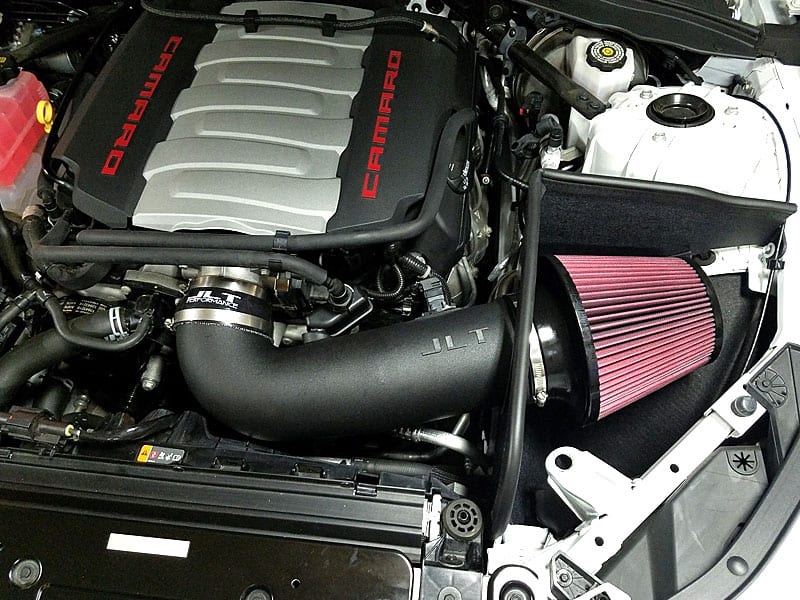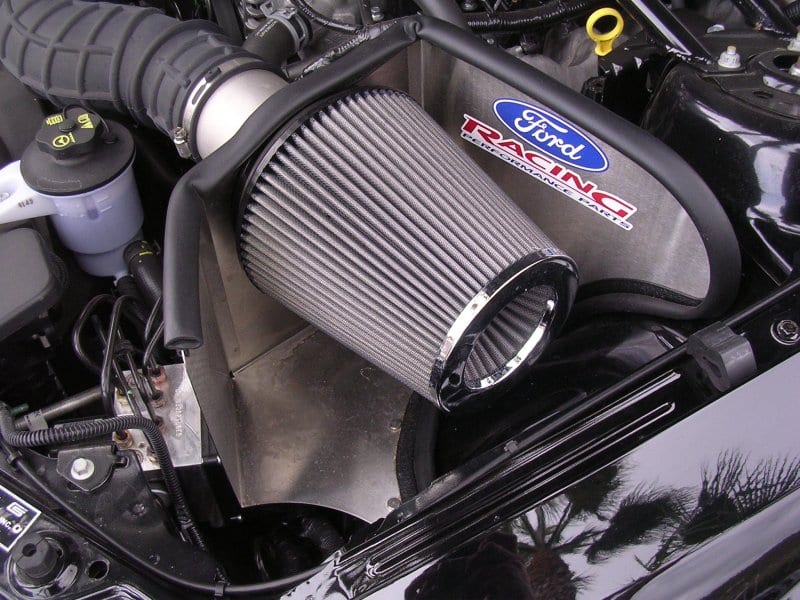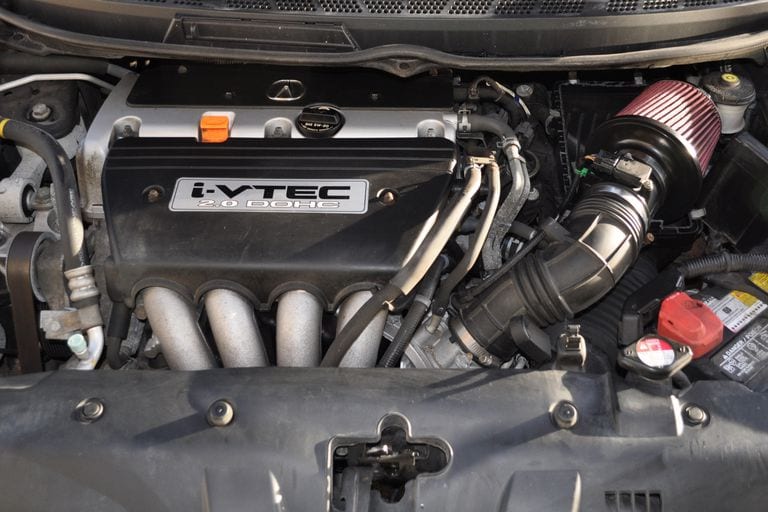If you make aftermarket modifications to your car, a cold air intake system may be something you need to consider adding.
Cold air intake systems are one of the least expensive aftermarket performance upgrades you can make to a vehicle, but you should know what you’re getting into before you jump into this modification.
The following are important things to know about cold air intake systems, and the pros and cons to keep in mind.
The Basics of Cold Air Intake

Initially, the first intake systems were made of molded plastic tubes, and then a cotton gauze air filter shaped like a cone. That was in the 1980s and within the next decade, there was a focus on importing Japanese air intake system designs for compact sports cars.
The air intake system lets air reach the engine of your car, and the oxygen in that air is then one of the ingredients used in the process of engine combustion.
When you have a good cold air intake system, then your engine is getting a steady and clean flow of oxygen and at MAPerformance you can find more about it. That provides you with better mileage and power.
In a modern air intake system, there are three components, which are:
- Air filter: The air filter is how your engine breathes. The air filter removes dirt and other particles and pollutants from the air so that they can’t then reach your engine and cause possible damage.
- Mass flow sensor: The mass flow sensor figures out what the mass of the air is when it enters an internal combustion engine.
- Throttle body: The third main part of an air intake system is the throttle body. This part of the intake system controls how much air goes into what’s called the combustion chamber. The throttle body helps control the rate of combustion and the vehicle’s speed.
A cold air intake system brings cooler air to your engine, boosting power and efficiency, as was noted above. The idea behind cold air intakes is that they increase available oxygen for combustion.
Cooler air has a higher density.
Why Make This Modification?
We’ve touched on some of the benefits of cold air intakes. This modification is usually only a few hundred dollars to make, and it’s also fairly easy to install compared to other common engine modifications.
The cooler air brings denser air with more oxygen into your combustion chamber for more power.
Aftermarket cold air intake systems not only reduce air temperature but they also increase airflow, so then you don’t need a box to surround your air filter anymore.
Without the airbox and with the use of smooth tubes that come with cold air intake, your engine is getting airflow without interruption.
How much of an impact you actually get can depend, but some aftermarket cold air intake manufacturers claim you might see a boost of anywhere from 5 to 20 horsepower.
The design features that are important in aftermarket cold air intakes include minimizing the length of the intake, providing a direct route to the air intake by taking away muffling devices, and minimizing air resistance.
The Pros of Cool Air Intake Systems
Some of the pros have been mentioned, but in general, the following are positive benefits you may enjoy if you make this modification to your vehicle.
- When engines run on colder temperatures, it can extend their lifespan and it may also help other engine components like your radiator.
- With cold air intake, you’ll have a faster throttle response because cool air can enter the chamber faster, meaning a faster engine response.
- The potential for increased horsepower is one of the main reasons people decide on an aftermarket cool air intake system.
- You may be able to save on air filters. When your air filter uses cold air intake, you can wash it and reuse it because it’s lubricated. You won’t have to replace it every 15,000 miles as a result.
The Cons of Cold Air Intake
Of course, there are possible cons to keep in mind with cool air intake too.
- A cold air intake system can be used with any type of filter, but if you use certain filter types such as a foam filter, it can make it more likely that your engine will gather dirt and debris.
- There’s something called hydro-locking that can occur. With hydro-locking, water can get trapped in your cylinders resulting in destroyed pistons.
- It’s possible that when there’s cold air intake, a bend of 90 degrees could offset your car’s idle.
- Your engine might stop because rolling air can affect your meter.
- You may or may not care much about this one, but a cold air intake system will make your engine louder. If you pair a cold air intake system with an aftermarket exhaust system, your car will have an entirely different sound than it did before.
Installing a Cold Air Intake System

If you do decide to install a cold air intake system, you can choose from options like filter location, the inclusion of an airbox, and tube materials. These variations will affect pricing.
You can probably install the system on your own with standard hand tools.
You would first remove your factory intake plumbing, and then you could start installing the new system.
You’ll have to find the new filter, which may be located under the front bumper. You might have to take off your vehicle’s underbody panels or raise the front of your car to get the access you need for installation.
Finally, before you buy an actual car intake kit, you should determine if it includes a thermal barrier. You should also figure out if the intake system is CARB approved if you live in California.
CARB stands for California Air Resource Board.
Anytime you modify your intake or exhaust system in California for a car that will operate on public roads, it has to be approved and certified not to alter the emissions control.

